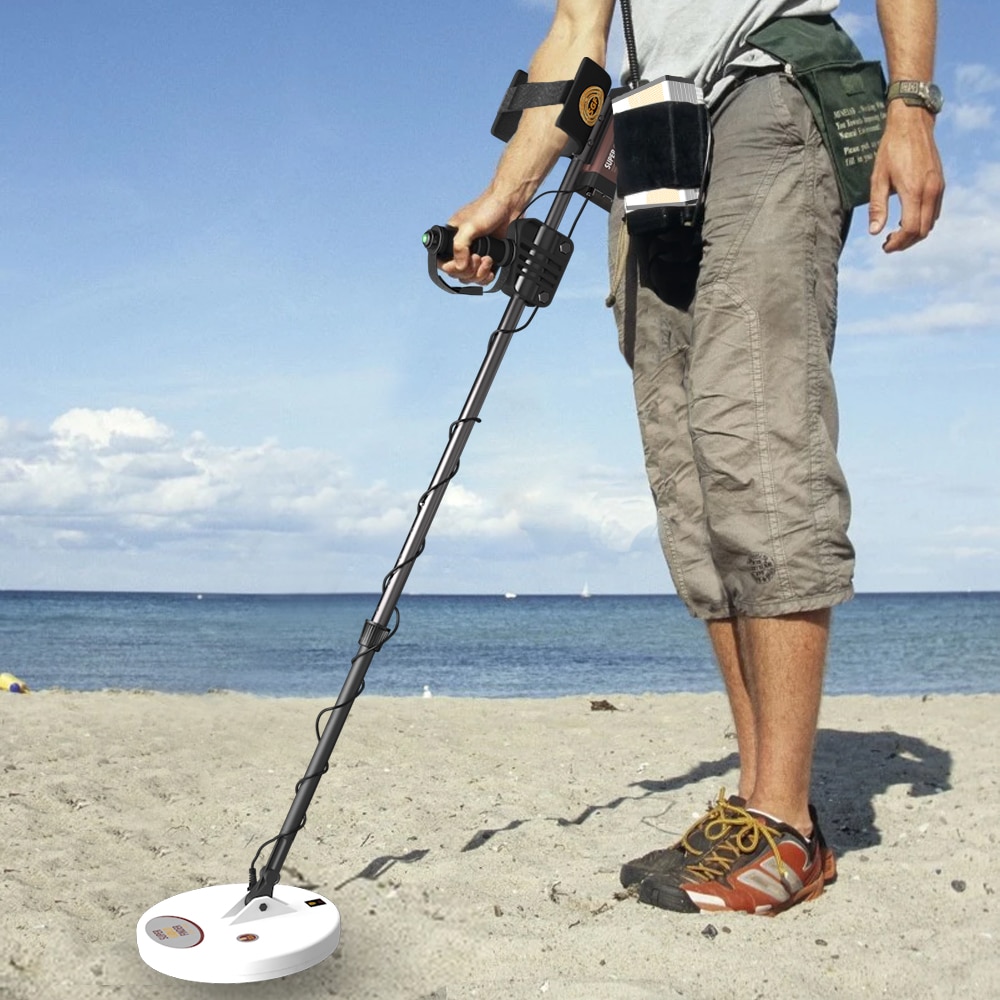[pgt4.0]
Assessing the Risks and Safety Measures of Using Upenders
Introduction
Upenders, also known as pallet inverters, are essential equipment used in various industries to rotate or flip loads, such as pallets, coils, drums, or boxes. These devices play a crucial role in providing efficient material handling solutions, but it is essential to assess the associated risks and implement proper safety measures to ensure the well-being of workers and prevent accidents.
Risks of Using Upenders
While upenders offer numerous benefits, their operation can pose certain risks. It is important to identify and understand these risks to develop effective safety protocols. Some common risks include:
1. Mechanical Hazards
Working with upenders involves moving parts, heavy loads, and hydraulic or pneumatic systems, which can expose workers to the risk of injuries from entanglement, pinching, crushing, or shearing. Operators need to be cautious around these hazards and follow proper safety guidelines.
2. Load Stability
Rotating loads can become unstable during the inversion process. This instability can cause the load to shift or fall, leading to injuries or damages. Adequate measures, such as securing the load with straps or bands, should be taken to ensure load stability and prevent accidents.
3. Electrical Hazards
Some upenders use electrical components or rely on electrical power sources. Inadequate insulation, faulty wiring, or improper grounding can expose workers to the risk of electrical shocks or fires. Regular maintenance, inspections, and adherence to electrical safety guidelines are crucial to mitigate these hazards.
4. Ergonomic Risks
Repetitive or strenuous movements during the operation of upenders can lead to musculoskeletal disorders or injuries. Workers should receive proper training on ergonomic techniques and the use of personal protective equipment to minimize these risks.
Safety Measures
To ensure the safe operation of upenders, several safety measures should be implemented:
1. Training and Education
Proper training should be provided to all workers involved in operating upenders. This training should cover the equipment’s safe operation, potential risks, emergency procedures, and the proper use of personal protective equipment.
2. Maintenance and Inspections
Regular maintenance and inspections must be carried out to identify any potential hazards or malfunctions in the upender. Proactive maintenance practices help prevent accidents caused by equipment failure or malfunctions.
3. Load Securement
Prioritize load securement to prevent shifting or falling during the inversion process. Using appropriate strapping materials, bracing, or clamping mechanisms can significantly enhance load stability and minimize the risk of accidents.
4. Adequate Signage
Ensure clear and visible signage indicating safety precautions, equipment limitations, and emergency procedures. This helps create awareness among workers and guarantees that they adhere to the necessary safety protocols.
5. Ergonomic Considerations
Take ergonomic factors into account to minimize injuries caused by repetitive or strenuous movements. This can include providing proper lifting devices, adjustable work heights, and promoting regular breaks to mitigate the risk of musculoskeletal disorders.
6. Personal Protective Equipment (PPE)
Workers operating upenders should be provided with appropriate personal protective equipment, such as safety glasses, gloves, hard hats, and steel-toed boots, to protect them from potential hazards.
Conclusion
Assessing the risks associated with using upenders is vital to ensure a safe working environment and prevent accidents. By implementing proper safety measures, providing adequate training, and conducting regular maintenance, the potential hazards posed by upenders can be mitigated. It is essential for organizations to prioritize worker safety and adhere to industry-specific safety guidelines to maximize efficiency while minimizing risks.
[/gpt4.0]
